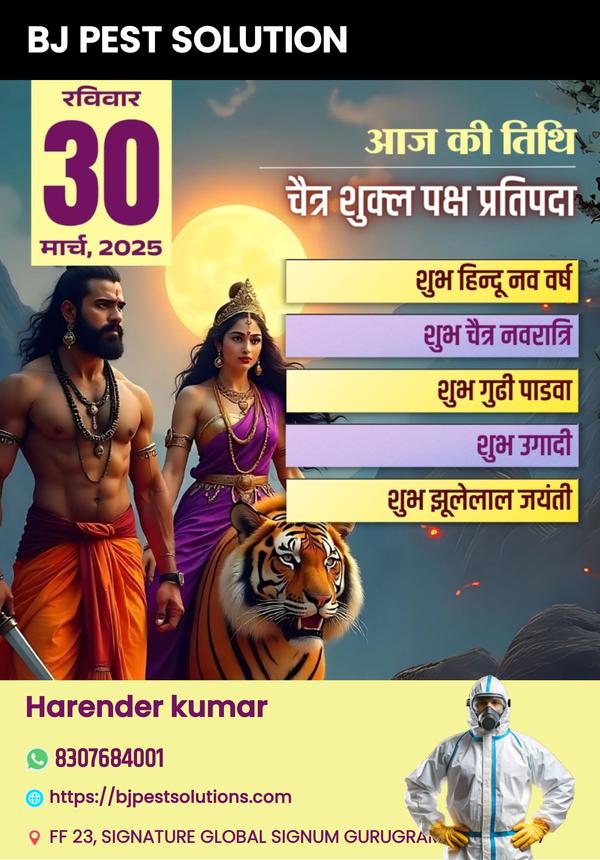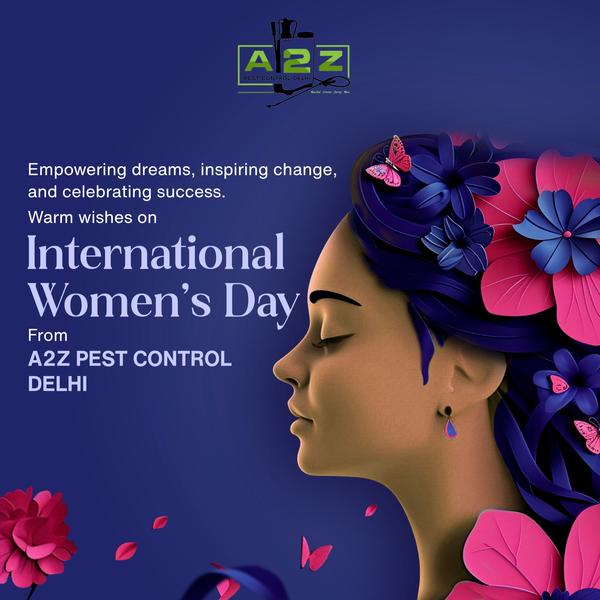# A2z Pest Control Gurugram Mosquito contr...
# A2z Pest Control Gurugram Mosquito control work encompasses a wide range of activities aimed at reducing mosquito populations and, consequently, the risk of mosquito-borne diseases. Here's a breakdown of the key content areas:
1. Mosquito Biology and Ecology:
* Species Identification: Recognizing different mosquito species, as they vary in behavior and disease transmission potential.
* Life Cycle: Understanding the stages of mosquito development (egg, larva, pupa, adult) to target interventions effectively.
* Breeding Habitats: Identifying and mapping common breeding sites, such as stagnant water sources (e.g., containers, ditches, wetlands).
* Behavior: Studying mosquito feeding habits, flight ranges, and seasonal activity patterns.
* Disease Transmission: Learning about the role of mosquitoes in transmitting diseases like malaria, dengue, Zika, West Nile virus, and chikungunya.
2. Surveillance and Monitoring:
* Larval Surveys: Inspecting potential breeding sites for mosquito larvae and pupae.
* Adult Mosquito Trapping: Using various traps (e.g., light traps, gravid traps) to collect adult mosquitoes and assess population densities.
* Disease Surveillance: Testing collected mosquitoes for pathogens and monitoring human cases of mosquito-borne diseases.
* Mapping and GIS: Utilizing geographic information systems (GIS) to map breeding sites, mosquito populations, and disease hotspots.
* Resistance Monitoring: Checking for resistance to insecticides in mosquito populations.
3. Control Measures:
* Source Reduction:
* Eliminating or modifying breeding habitats (e.g., draining stagnant water, removing containers).
* Community education and engagement to promote source reduction practices.
* Larviciding:
* Applying larvicides (e.g., Bacillus thuringiensis israelensis (Bti), chemical larvicides) to water bodies to kill mosquito larvae.
* Choosing appropriate larvicides based on the type of breeding site and environmental considerations.
* Adulticiding:
* Applying adulticides (e.g., space sprays, residual sprays) to kill adult mosquitoes.
* Using appropriate application methods and equipment to minimize environmental impact.
* Indoor Residual Spraying (IRS)
* Outdoor Ultra Low Volume (ULV) spraying.
* Biological Control:
* Introducing natural predators of mosquitoes (e.g., fish, copepods).
* Using biological larvicides (e.g., Bti).
* Personal Protection:
* Using mosquito repellents (e.g., DEET, picaridin).
* Wearing protective clothing (e.g., long sleeves, pants).
* Using mosquito nets (especially insecticide-treated nets).
* Integrated Vector Management (IVM):
* Combining multiple control strategies in a coordinated and sustainable manner.
* Considering ecological, social, and economic factors.
4. Public Health Education and Community Engagement:
* Raising Awareness: Educating the public about mosquito-borne diseases and prevention measures.
* Promoting Community Participation: Engaging communities in source reduction and other control activities.
* Disseminating Information: Providing timely and accurate information about mosquito activity and disease risks.
5. Regulatory and Legal Aspects:
* Pesticide Regulations: Adhering to regulations regarding the use and application of pesticides.
*Environmental Regulations Complying with environmental regulations to protect non-target organisms and ecosystems.
* Public Health Laws: Following public health laws related to mosquito control and disease prevention.
6. Equipment and Technology:
* Sprayers and Applicators: Using appropriate equipment for larviciding and adulticiding.
* Traps and Monitoring Devices: Utilizing various traps and monitoring devices for mosquito surveillance.
* GIS and Remote Sensing: Employing GIS and remote sensing technologies for mapping and analysis.
 read more
read more 


